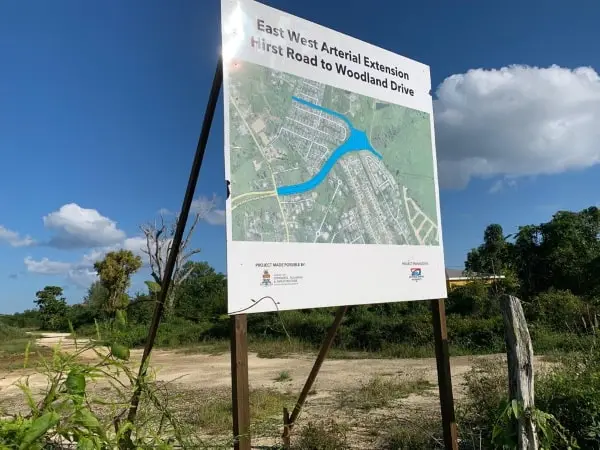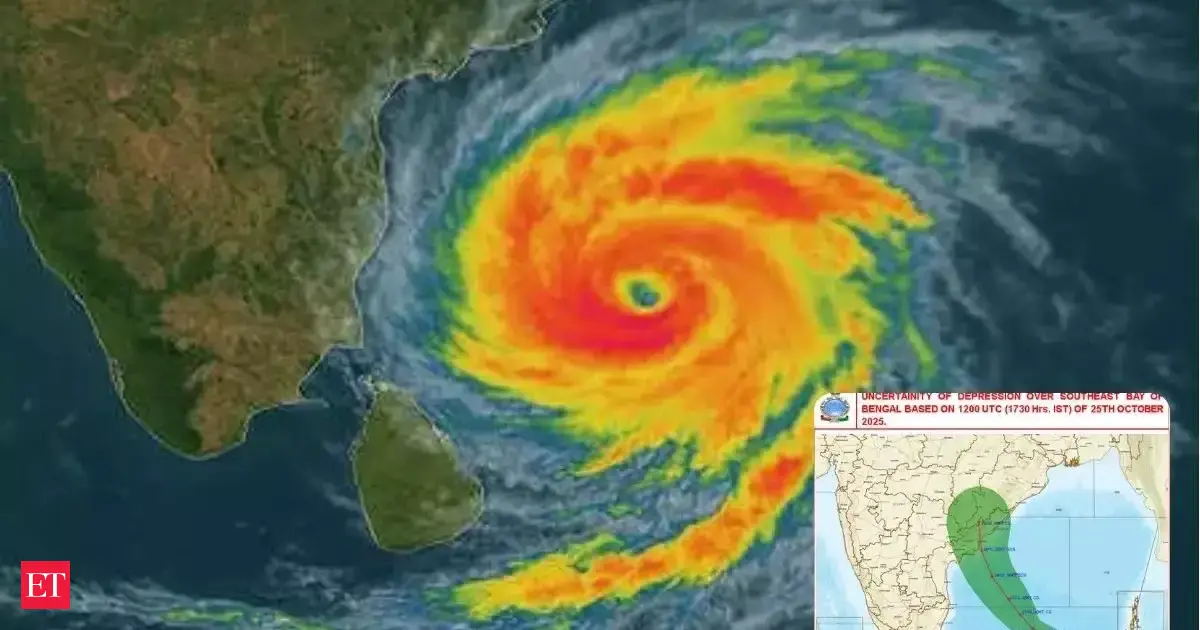Copyright caymannewsservice

(CNS): The National Coalition for Caymanians appears to be avoiding concerns over the route that the East-West Arterial should take with the premier indicating that issues relating to the previous Cabinet’s choice of the more costly and less sustainable route are not a priority. In July the previous UPM government selected B3, which cuts through and dissects the central wetlands, not only causing direct damage to mangroves but opens up land in the area for more development and the eventual loss of this critically important natural habitat. This decision by the previous Cabinet was one of several reasons why the Premier André Ebanks and his then colleagues, Katherine Ebanks-Wilks, Heather Bodden and Sabrina Turner went on to resign a few months later from the UPM government. During the election campaign, Ebanks stated that should The Cayman Community Party (TCCP) win they would revise that decision and opt for route B2 which is shorter, cheaper, greener and avoids dissecting the wetlands. But with the former UPM planning minister still in the coalition Cabinet, in the same job, six months after the election there has been no indication that government plans to reconsider the route that was recommended by the environmental assessment board in the wake of the completed environmental impact assessment. Local activists as well as the National Conservation Council have called on government to switch to the more sustainable route. In a letter to Cabinet, in August, the NCC chairman Ian Kirkham urged the NCFC to act quickly on making a decision to re-select B2 before any work begins. The assessment board noted in its report that Cabinet has not justified its reasoning for selecting the more expensive and less green B3 route. B2 would impact fewer sensitive resources, such as upland habitats, wetland habitats, the Central Mangrove Wetland and brackish groundwater. Less peat would need to be removed, and the cost-benefit analysis also predicted that B2 will have over $11.4 million greater transportation benefits than B3. Yet the minister responsible for roads, has stated on several occasions that the government is sticking to B3 even as the sustainability minister and the premier have both said that the issue is set to go before caucus at some point but it is not a priority. In response to CNS questions Premier Andre Ebanks said Cabinet’s decision on the route taken in July, by what was a minority government made up of just five ministers, is “the existing position” but he acknowledged the NCC concerns raised in the August letter. “In keeping with the Code of Governance of the NCFC’s Coalition Agreement and as the Minister for HES has stated on record recently, she intends to raise the NCC’s request with Caucus in due course,” Ebanks stated. “Given other pressing Government business, including MHES matters and other cross Government priorities, including Finance Committee in September, preparing and finalising the Coalition Agreement, the 2026-2028 Strategic Policy Statement and Budget, the necessary preparation for next week’s start of the Parliament and the Joint Ministerial Council Meeting in the UK at the end November, the matter has not yet been scheduled for Caucus but shall be at our earliest practical opportunity,” the premier added. Ebanks-Wilks also told CNS this week that she will need to take the issue to caucus but had not yet turned her attention to tit as she said there were many pressing matters under her portfolio. However, ministry and NRA recently told the Compass that government was sticking to route B3. Work continues on the controversial road thought it has not yet reached the part of the route that would be most impacted by the route the NRA is currently following. But time is running out and there appears to be no sense of urgency about the decision to choose the route that will have terrible longterm implications for one of Cayman’s most precious natural resources. The ministry claims B3 aligns more closely with Cayman’s long-term infrastructure vision and offers better construction conditions, a point disputed by the EIA. The vision is also in question as the choice of B3 is about the potential the route offers for the development of the wetlands a horrifying proposition for environmentalists and a clear breach of the government’s alleged policy position of a sustainable future for this country. Nevertheless, ministry officials have said B3 offers greater long-term potential for housing expansion and de-centralising jobs through new commercial and industrial development making it clear the ministry supports the development of this critically important habitat undermining Cayman’s resilience in the face of rising sea levels and global warming.



